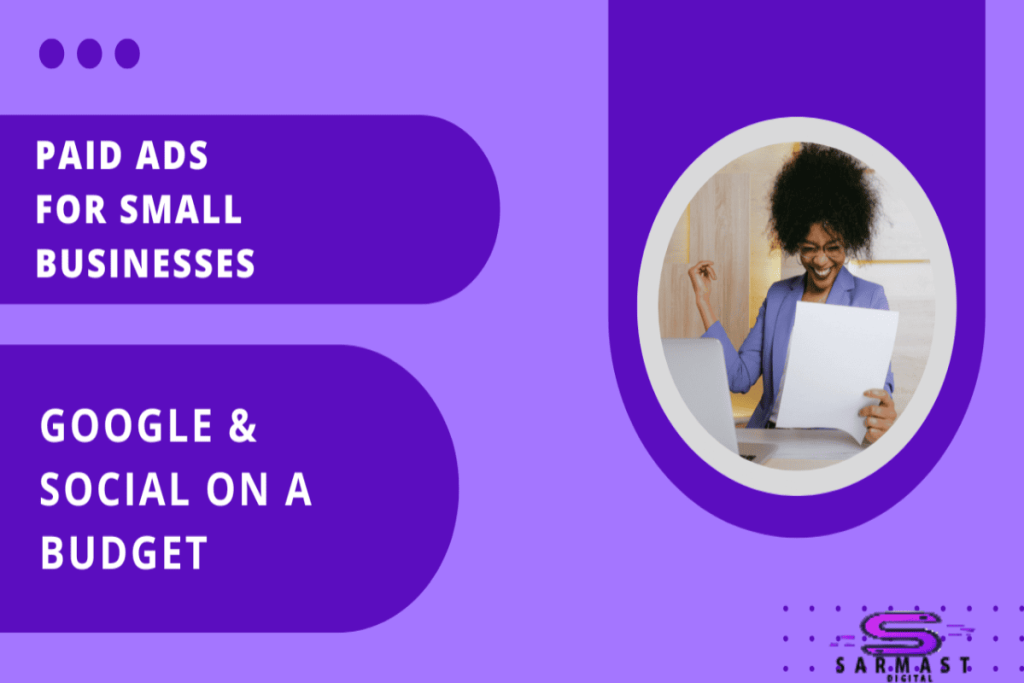Introduction
If you’re a small business owner, you know how tight every dollar can be. Spending on ads feels risky—but it doesn’t have to. With the right approach, paid ads for small businesses can bring in real customers, increase visibility, and even let you compete with bigger brands.
In this guide, we’ll break down how to run Google and social media ads effectively on a small budget. You’ll get practical tips, examples, and easy strategies so you can start seeing results without wasting money.
Why paid advertising matters for small businesses
Organic vs. Paid Advertising
Organic methods, like posting on social media or writing blog posts, are great but slow. Paid ads, on the other hand, get you seen immediately.
Think of it like this: SEO is the marathon, paid ads are the sprint. Both are important, but if you want results this month, paid ads are your fastest route.
When to Start using paid Ads
Paid ads make sense when:
-
You’re sure people actually want your product or service.
-
You have a clear offer—something that makes people say, “Yes, I want this!” (like a discount, free trial, or helpful resource).
-
Organic reach alone isn’t enough to hit your goals quickly.
Ads are also a great way to test what works. You can see which messages connect with your audience before spending a lot of time on content or SEO.
Challenges of running Ads on a tight budget
Small budgets come with some hurdles:
-
Clicking mistakes: paying for people who aren’t your real customers
-
Hard-to-target audiences
-
Ads that aren’t relevant or compelling
The good news? You can fix all of these with planning, smart targeting, and regular tweaks.
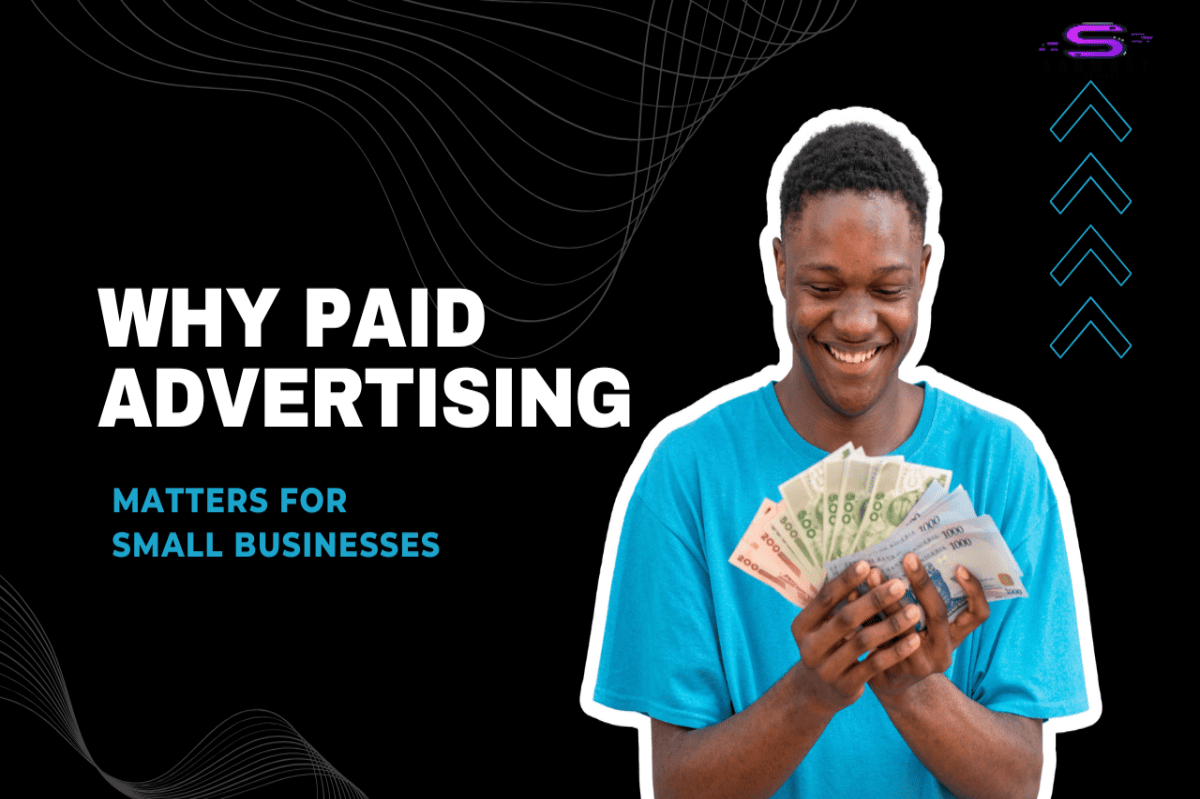
Starting with google Ads on a small budget
Choosing the right campaign type
Not every Google campaign is right for a small budget. Here’s a quick guide:
| Type | Best For | Why |
|---|---|---|
| Search Ads | Quick leads | Show up when people are actively searching. |
| Display Ads | Brand awareness | Cheaper clicks, lower intent. |
| Remarketing | Returning visitors | High ROI because they already know you. |
(ROI: Return on Investment)
If your funds are tight, start with Search + Remarketing campaigns.
Geo & Time targeting
Don’t waste money showing ads to everyone everywhere.
-
Focus on your service area or delivery zone
-
Run ads when people are most likely online
Example: A local bakery could run ads 7 AM–5 PM within a 10-mile radius.
Choosing cost-effective keywords & negative keywords
Use specific long-tail keywords like:
-
“affordable wedding photographer in Chicago”
-
“emergency plumber near me”
Add negative keywords like “free” or “DIY” to stop irrelevant clicks. This simple step can save a lot of budget.
Setting budget & bid Strategy
Start small: $10–$20/day is fine.
Use automated bidding strategies first, then switch to manual once you know what’s working.
Focus on Cost per Conversion (CPA), not just clicks.
Improving your quality score
Google favors relevant ads. Improve your score by:
-
Matching keywords to ad copy
-
Making landing pages fast and clear
-
Adding extensions (call, location, sitelinks)
Better Quality Score = lower cost per click.
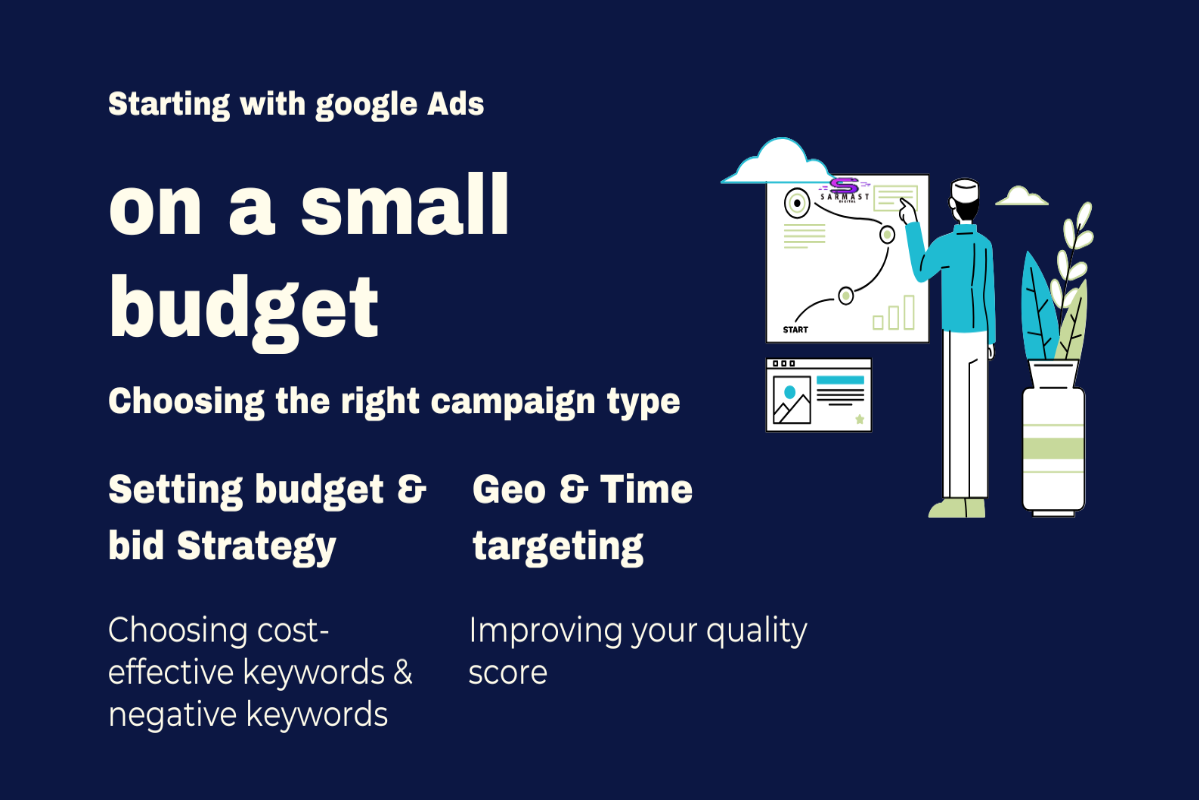
Running social media Ads on a budget
Choosing the right platform
Pick the platform where your audience hangs out:
| Platform | Ideal For | Budget-Friendly? |
|---|---|---|
| Facebook/Instagram | Local SMBs, visual brands | Yes, very flexible |
| B2B services | More expensive but quality leads | |
| TikTok | Lifestyle or creative products | Great reach with small budget |
Start with 1–2 platforms for best results.
Precise audience targeting
Get specific with:
-
Age, location, gender
-
Interests like “home improvement” or “digital tools”
-
Behaviors like “engaged shoppers”
Combining filters helps avoid wasted clicks.
Ad formats worth paying for
Stick to simple, effective formats:
-
Single image: clean, clear message
-
Short video (<15s): engaging and mobile-friendly
-
Stories: interactive and affordable
Skip fancy carousels unless you have strong visuals.
A/B testing your Ads
Test one thing at a time:
-
Image vs video
-
Caption variations
-
CTA buttons
Even small budgets can give enough data in a week.
Custom & lookalike audiences
Upload your customer list to create:
-
Custom Audiences: past buyers
-
Lookalike Audiences: people similar to them
These are great ways to scale affordably.
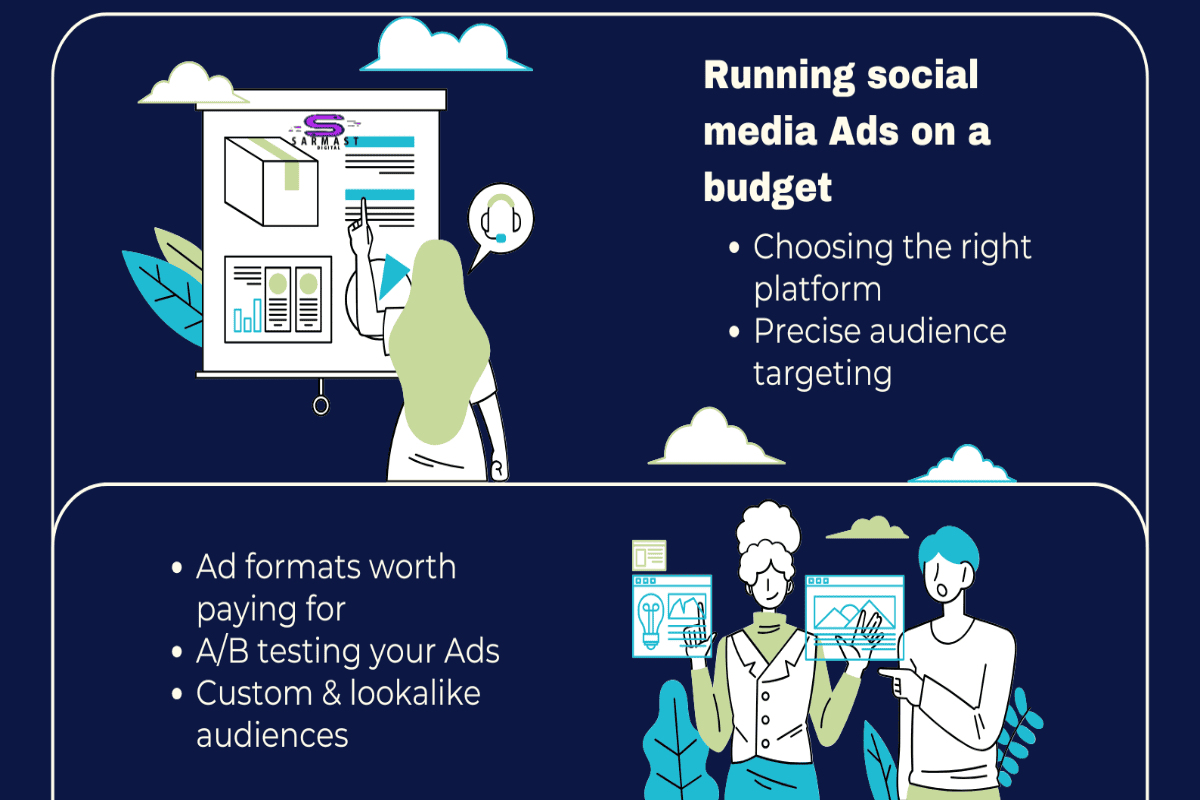
Optimizing & controlling costs
Remove weak keywords
Pause keywords that bring clicks but no conversions.
Pause Ads during low-performance times
Schedule ads only during peak hours.
Scale slowly
When an ad works, increase the budget gradually (10–20% per week).
Track & analyze
Look at CPC, CTR, and conversions. Find leaks in your budget.
Automation & smart rules
Use automated rules to pause poor-performing ads or lower bids. Google’s smart bidding works once you have enough data.
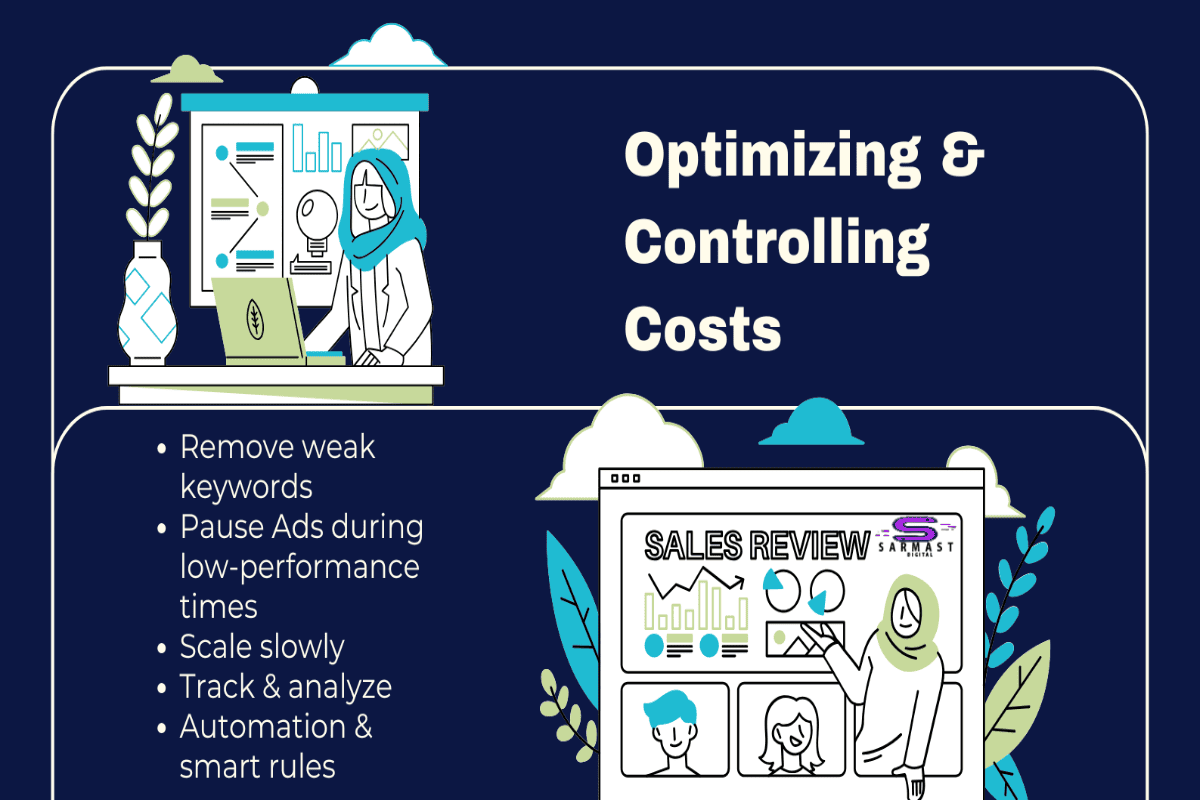
Integrating paid Ads with other marketing
Pair with SEO & content marketing
Paid ads = fast visibility. SEO = long-term growth.
Check out:
👉 Affordable content marketing for small businesses that Works
Boost popular content
Promote your best-performing posts to get more leads.
Email marketing + Ads
Follow up clicks with email sequences offering discounts or extra resources.
Lead nurturing
Don’t stop at the click. Take users through:
Landing Page → Email Capture → Nurture → Sale
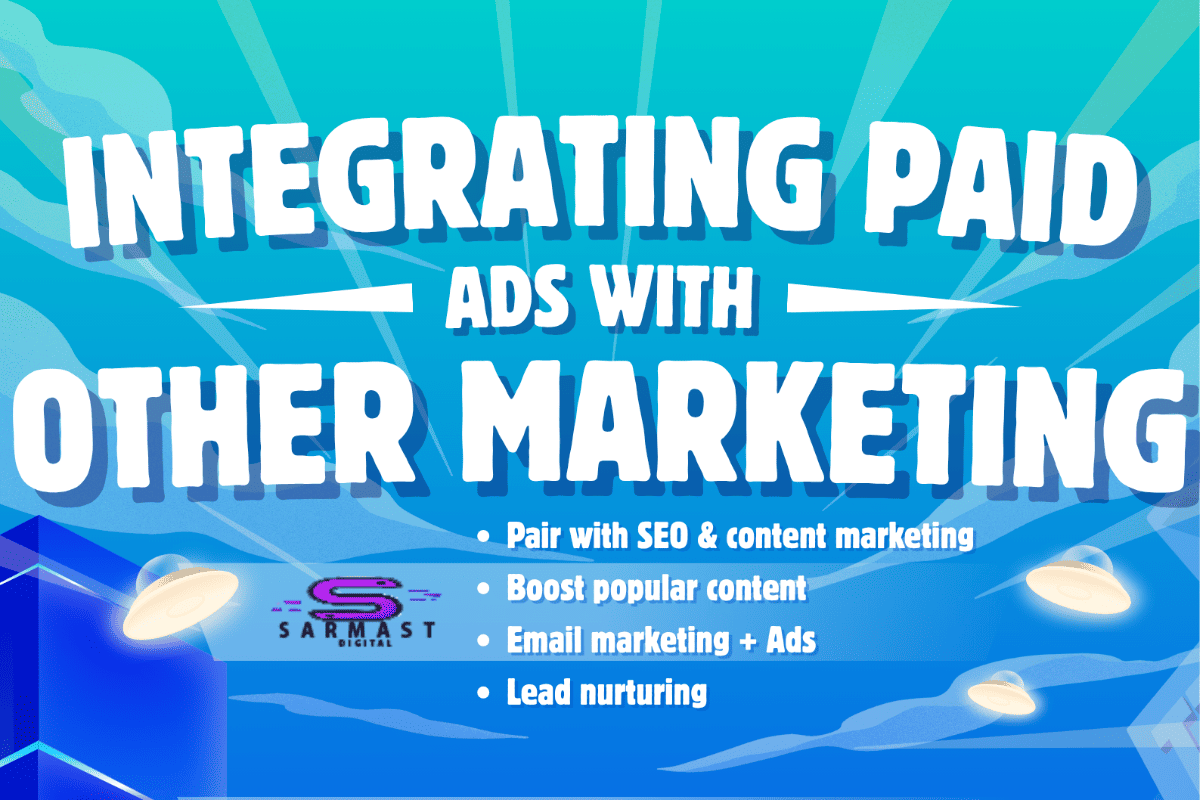
Mini case studies
Local coffee shop example
Budget: $300/month
-
Google Search Ads for “coffee near me”
-
Instagram Stories showing daily specials
Result: +25% morning traffic in 2 months.
Before & After
| Metric | Before | After |
|---|---|---|
| Visitors | 450 | 900 |
| Conversion | 2% | 5% |
| ROI | – | 3.5x |
(ROI: Return on Investment)
Key takeaways
-
Start small and consistent
-
Remarketing = high ROI
-
Clear messages beat fancy visuals
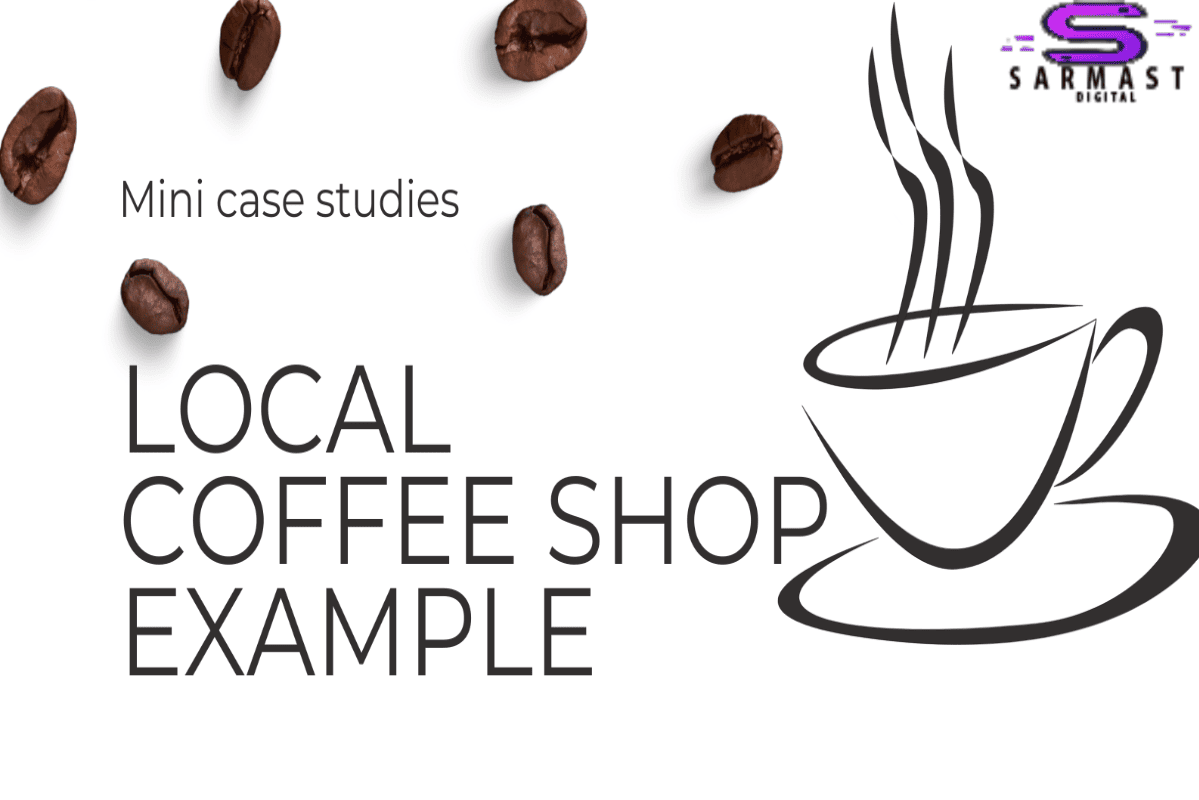
Conclusion & tips
Practical steps
-
Start with Search + Remarketing
-
Set daily limits
-
Review results weekly
Mistakes to avoid
-
Targeting too broad
-
Ignoring mobile
-
Stopping too early
Next steps
Scale gradually, reinvest profits, and keep testing. Paid ads aren’t about perfection—they’re about learning fast.
Check out Digital marketing for small businesses: Strategies & SEO to combine ads with organic growth.

FAQ: Paid Ads for small businesses: Google & social on a budget
How much should a small business spend on ads?
$300–$500/month is a good starting point. Track results and scale gradually.
Which platform is best on a tight budget?
Facebook and Google Search Ads are most cost-effective for beginners.
Are paid ads better than SEO?
Paid ads = fast results. SEO = long-term trust. Use both for best results.
📱 See It in Action
Watch our short Instagram reel to see how these strategies come to life 👇
big goals, small steps 💫
